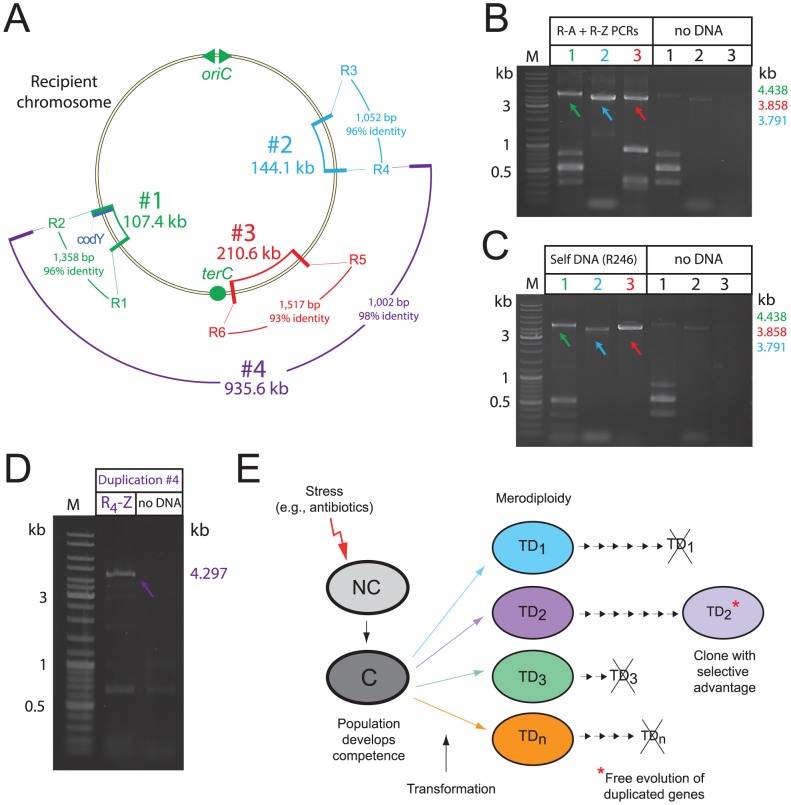Figure 7. Transformation-triggered merodiploidy is a general process.
(A) Chromosomal location of generated TDs. Size, identity and homology of repeat sequences noted. (B) PCR detection of TD junctions in the transformed population 40 min after uptake of appropriate R-NRf fragments (R1-A+R2-Z; R3-A+R4-Z; R5-A+R6-Z). (C) PCR detection of TD junctions in the transformed population 40 min after self-transformation. PCRs carried out on same culture of transformed cells. Control PCRs without transforming DNA on the same cells as in Figure 5B. (D) Detection of TD #4 junction by PCR with primers in Figure S5G, PCR carried out on population transformed with R4-Z fragment. (E) Schematic representation of proposed evolutionary potential of merodiploidy triggered by transformation. Stresses such as antibiotics can induce competence in S. pneumoniae and other species [48]. NC, non-competent; C, competent; TD, tandem-duplication where numbers represent different merodiploids. Small arrows indicate subsequent cell divisions. Crossed-out TD indicates loss of duplication due to intrinsic instability.

